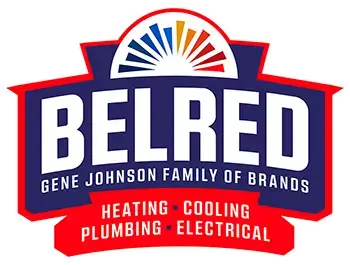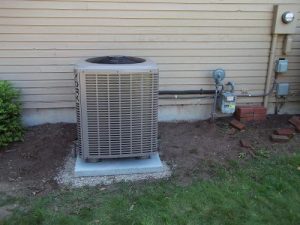When we talk and think about energy usage and energy savings, we often think about larger or more intensive projects to cut big chunks from our energy bills. Major renovations aren’t the only way to reduce your energy consumption and, ultimately, your bill. Sometimes it can be as easy as changing a few light bulbs. There are a few ways using energy efficient lighting can help reduce your monthly energy expenditures.
It’s important to be smart about choosing the right light bulbs.LEDs, while more expensive for the initial purchase, can be a big saver of energy over their lifetime when compared to the conventional incandescent bulbs. LED lighting serves many benefits, all of which lead to energy savings. LED bulbs are much more efficient and last far longer than incandescent bulbs. They use on average about one-fourth of the energy that incandescent bulbs of comparable brightness use.
These LED bulbs also give off directional lighting, which make them more efficient in lighting objects or areas that must be lit and not those that don’t. Incandescent bulbs are omnidirectional, meaning they give off light in all directions, including to places that don’t need to be lit. LED lights also give off far less heat than conventional incandescent bulbs, which give off as much of 90% of their energy as heat. This excess heat from incandescent bulbs can often heat up spaces in your home, which often makes temperature management require more energy as well.
While LED light bulbs are more expensive right now, their prices are dropping rapidly. These bulbs also almost always come with a multi-year warranty, which makes them a sound investment and gives you peace of mind when justifying the slightly larger initial purchase.
When purchasing LED light bulbs for your home, always be sure to buy those marked with the Energy Star certification logo on the packaging. This will ensure you’re getting the highest quality product. These Energy Star bulbs go through extensive testing to guarantee longevity and other characteristics such as complete power down when shut off.
LED bulbs are also measured by number of lumens, which is a measure of brightness rather than the standard measure of watts, which is the measure of amount of electricity used. Having the ability to buy based on the actual purpose (light) instead of how much energy the bulb will use gives you as the consumer power to make smarter decisions. LEDs with far less watts can provide the same amount of light as incandescent bulbs with far great watts.
There are other considerations to take into account when selecting light bulbs for your home, such as style or the size or shape of the room in which they’ll be installed. Energy usage should always be at the top of this list if you’re looking to make a dent on your monthly energy bill. You can always reach out to BelRed if you have questions on energy saving tips and tricks such as these.







